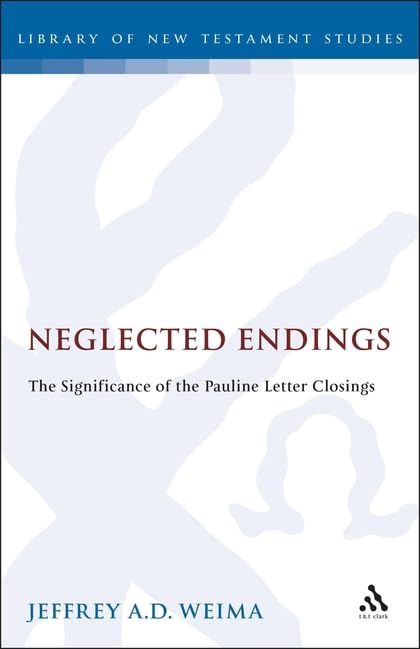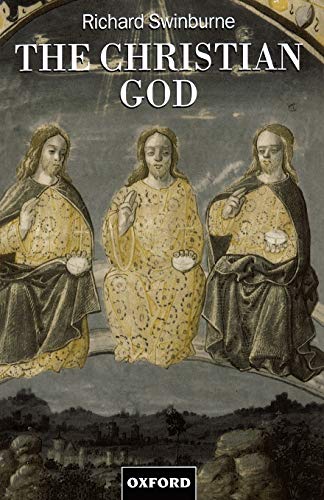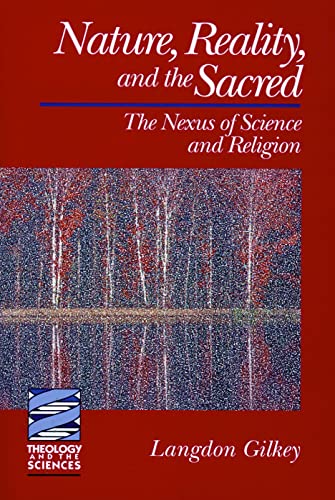Neglected Endings: The Significance of the Pauline Letter Closings (JSNTSS 101)
Written by Jeffrey A.D. Weima Reviewed By Jeffrey T. ReedIn this welcome study of Pauline letter closings, Jeffrey Weima has composed a single work which reflects several insights on epistolary closings previously published by various scholars (e.g. F.X.J. Exler, T.Y. Mullins and J.L. White). In his detailed analysis of Paul’s epistolary closings, Weima claims to have discovered a somewhat unique feature of Paul’s letters, namely, his closings summarize preceding themes in the letter.
In chapter 1, Weima surveys various studies of NT letters. He suggests that there is a consensus on the basic structure of Paul’s letters: opening (sender, recipient, salutation); thanks-giving; body (transitional formulas, autobiographical statements, concluding paraenesis, apostolic parousia); and closing (peace benediction, hortatory section, greeting, autograph, grace benediction). Weima’s complaint, however, is that previous studies ‘fail to demonstrate how the Pauline letter closings relate in any significant way to the major concerns previously dealt with in the bodies of their respective letters’ (p. 19).
In chapters 2 and 3, Weima discusses closing conventions in Hellenistic (ch. 2) and Semitic (ch. 3) letters: farewell wish, health wish, greeting, autograph, illiteracy formula, dating formula, signature and postscript. Although his sources are relatively comprehensive, he fails to treat all of the Babatha correspondence.
In chapters 4 and 5, Weima analyses Paul’s closing formulas (grace and peace benedictions, greeting, autograph, doxology, hortatory section, miscellaneous conventions), inspecting both their formal structure and cultural background (ch. 4). Chapter 5 is devoted to proving Weima’s thesis, namely that Paul’s closings summarize, encapsulate or echo the main portion of the letter.
Especially profitable features of the book include (i) several tables of NT closing epistolary formulas, which allows for easy comparison, and (ii) an 18-page bibliography including many epistolary works. However, one serious flaw is the omission of dates for many of the epistolary examples—the date of a letter must be established before paralleling it with Paul’s style.
Although I readily recommend this work because it explicitly demonstrates the relevance of epistolary practices for interpreting Paul’s letters, I have two general criticisms. The first concerns Weima’s failure to justify his use of the terms ‘opening’, ‘body’ and ‘closing’ to describe Paul’s letters. Are these modern labels, and if so, then on what linguistic (i.e. genre) or literary grounds are they based? Problematically, there is no precise formal distinction between the opening, body and closing; thus, one might question their existence as structural elements in letters. Consequently, the importance of the concept ‘closing’ to Weima’s study seems to warrant more theoretical definition. The second critique concerns his thesis that Paul’s closings summarize or echo preceding portions of the letter, more so than other epistolary closings do. The difference between Paul’s closings and conventional ones is supposedly that the latter summarize the main letter in only ‘general’ ways whereas Paul’s ‘echo specific material in the body’ (p. 56). One of his own epistolary examples, however, apparently echoes specific material (e.g. P.Oxy. 264; pp. 54–55); in contrast, I find it difficult to see how Paul’s closing greetings (e.g. Phil. 4:21–22) explicitly summarize the foregone letter. There is a lack of methodological clarity on Weima’s part concerning not only what the terms ‘echo’ and ‘summarize’ entail but also regarding the precise manner in which Paul differs from epistolary convention. Consequently, I do not believe that Weima has proven his thesis through epistolary analysis; the semantic relationships between Paul’s ‘closings’ and the body of the letter may be explained instead by the linear nature of all discourse, i.e. the fact that clauses (and pericopes) semantically and syntactically develop from preceding clauses suggests that most epistolary closings (both modern and ancient) will cohere with the main body in some way. The danger in Weima’s thesis is that preceding themes may be read into Paul’s closing sections.
With the above reservations in mind, I heartily recommend this work to anyone wishing to take seriously the literary context of Paul’s letters.
Jeffrey T. Reed
University of Sheffield







